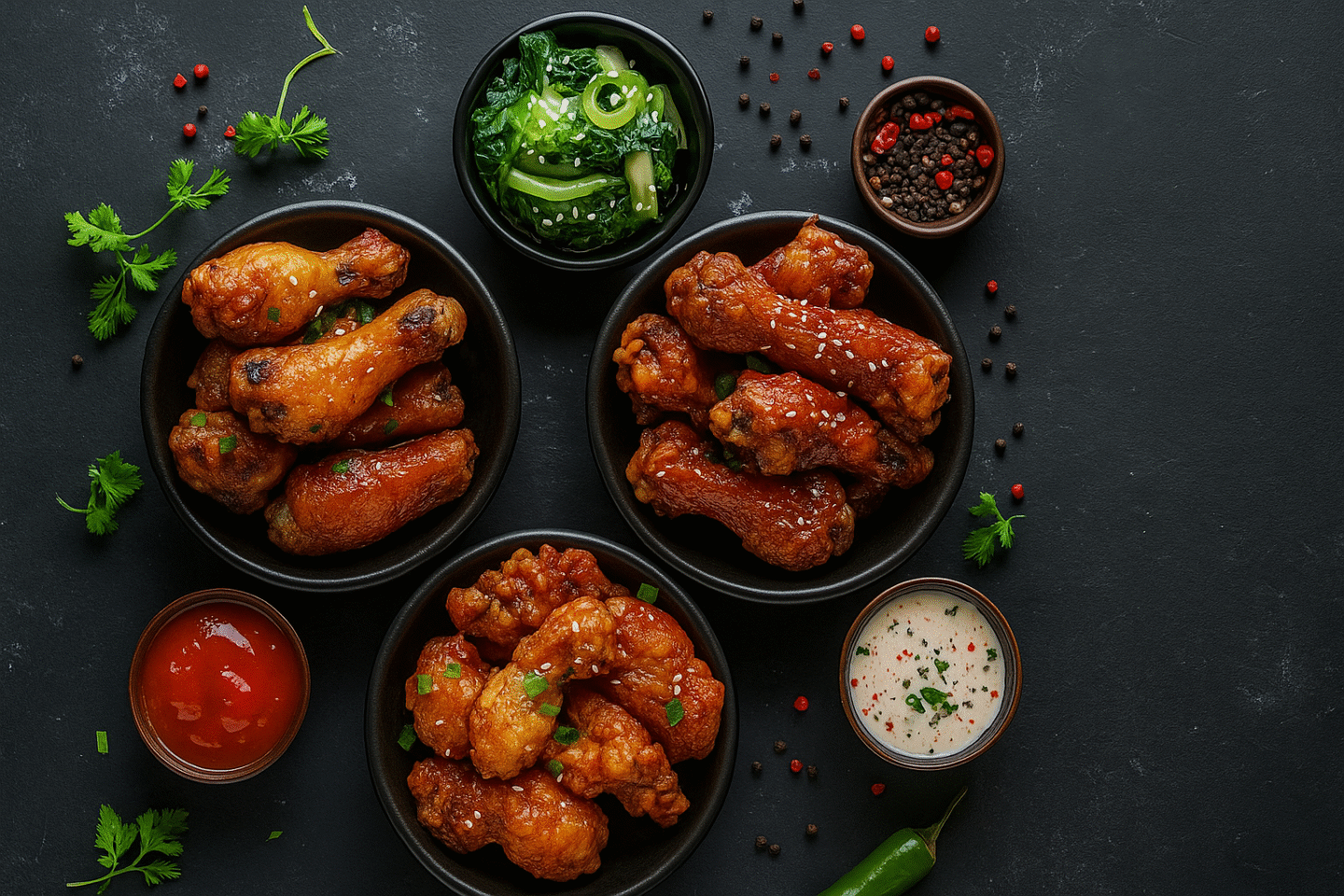
If you love chicken wings, you might often wonder: are chicken wings healthy? Chicken wings are a popular snack and meal option, especially in restaurants, fast-food joints, and food festivals. At Chickasta, we serve a variety of delicious chicken wings, and we believe in helping our customers understand the nutritional benefits and considerations of this favorite food.
In this guide, we’ll dive deep into the nutritional content of chicken wings, how different cooking methods affect their health value, the benefits and drawbacks of eating them, and tips for enjoying them in a balanced diet.
What Are Chicken Wings?
Chicken wings are a portion of poultry that comes from the wing section of a chicken. Typically, a wing consists of three parts:
-
Drumette: The meaty section attached to the chicken body.
-
Wingette (or flat): The middle section with two bones.
-
Tip: The pointed end, often removed in restaurants.
Chicken wings can be prepared in many ways, such as fried, baked, grilled, or air-fried, with sauces ranging from mild to spicy. At Chickasta, we offer a variety of flavors that cater to all tastes while keeping quality and safety in mind.
Nutritional Profile of Chicken Wings
Understanding the nutritional content is key when considering are chicken wings healthy. A standard serving of 100 grams of cooked chicken wings (skin-on, fried) contains approximately:
-
Calories: 290–330 kcal
-
Protein: 25–28 g
-
Fat: 19–22 g
-
Carbohydrates: 0–2 g
-
Cholesterol: 85–95 mg
-
Sodium: 400–600 mg (varies by seasoning)
Chicken wings are high in protein, making them a good option for muscle growth and repair. However, they are also high in fat, especially saturated fat, which can affect heart health if consumed excessively.
Health Benefits of Chicken Wings
Despite concerns about fat content, chicken wings do offer several nutritional advantages:
1. High Protein Content
Protein is essential for building and repairing muscles, producing enzymes, and supporting immune function. Chicken wings provide a concentrated source of protein per serving.
2. Rich in Vitamins and Minerals
Chicken wings contain vitamins such as B3 (niacin), B6, and B12, which support metabolism and brain health. They also contain minerals like phosphorus, selenium, and zinc, essential for bone and immune health.
3. Energy Boosting
Due to their protein and fat content, chicken wings are energy-dense, providing long-lasting fuel, especially for active individuals.
4. Versatile Cooking Methods
Chicken wings can be baked, grilled, or air-fried to reduce fat content while maintaining flavor, making them adaptable to healthier diets.
5. Social and Emotional Benefits
Eating chicken wings in moderation can promote social bonding, family meals, and enjoyment of food, which is an important part of overall well-being.
Health Concerns with Chicken Wings
While chicken wings have benefits, some considerations should be noted:
1. High Fat Content
Fried wings are high in calories and saturated fat, which can contribute to weight gain and heart disease if consumed frequently.
2. Sodium Levels
Buffalo wings and sauces often contain high sodium levels, potentially affecting blood pressure and heart health.
3. Potential for Added Sugars
Many wing sauces, especially sweet sauces, contain added sugars, which increase calorie content and can impact blood sugar levels.
4. Portion Control
Due to their small size, it’s easy to overeat chicken wings, leading to excessive calorie and fat intake.
Cooking Methods and Their Impact on Health
The method of preparation greatly influences the healthiness of chicken wings:
1. Fried Chicken Wings
-
Highest in calories and fat.
-
Crispy and flavorful but should be consumed in moderation.
2. Baked Chicken Wings
-
Lower in fat compared to fried wings.
-
Can retain flavor with minimal oil.
3. Grilled Chicken Wings
-
Very healthy method, reducing fat and calories.
-
Slight smoky flavor enhances taste naturally.
4. Air-Fried Chicken Wings
-
Uses minimal oil.
-
Healthier alternative to deep-frying while keeping wings crispy.
5. Sauces and Marinades
-
Hot sauce or spices add flavor without extra calories.
-
Sweet sauces increase sugar content; consider light or homemade options.
Are Chicken Wings Healthy for Weight Management?
If you’re asking are chicken wings healthy, the answer depends on preparation and portion control.
-
Moderation is key: Eating 2–4 wings occasionally can fit into a balanced diet.
-
Lean cooking methods: Baking or air-frying wings reduces fat intake.
-
Pair with vegetables: Adding a side of salad or veggies balances the meal.
Tips for Healthier Chicken Wing Consumption
-
Remove skin if concerned about fat.
-
Opt for grilled, baked, or air-fried versions.
-
Use light or homemade sauces.
-
Balance with vegetables or whole grains.
-
Monitor portion size to avoid overeating.
At Chickasta, we provide options that balance taste and health, such as grilled wings with fresh herbs or baked wings with light seasoning.
Popular Chicken Wing Varieties at Chickasta
1. Classic Buffalo Wings
Spicy, tangy, and perfect for gatherings. Pair with celery sticks for a balanced snack.
2. Honey Garlic Wings
Sweet and savory wings, best enjoyed in moderation due to sugar content.
3. Lemon Pepper Wings
Lightly seasoned and low-calorie option, great for health-conscious diners.
4. BBQ Wings
Smoky flavor, delicious with moderation due to sugar in the sauce.
5. Teriyaki Wings
Asian-inspired flavor, sweet and savory, high in protein.
How Many Chicken Wings Can You Eat Safely?
-
Moderate consumption: 3–6 wings per serving for an average adult.
-
High-protein diet: Can be included but balance with vegetables and complex carbs.
-
Special occasions: Occasional indulgence is fine but avoid daily consumption of fried wings.
Pros and Cons of Eating Chicken Wings
| Pros | Cons |
|---|---|
| High in protein | High in calories when fried |
| Contains essential vitamins & minerals | High sodium in sauces |
| Can be part of a balanced diet if cooked healthily | Sweet sauces increase sugar intake |
| Versatile cooking methods | Easy to overeat due to small portion size |
| Social and emotional benefits | Skin-on wings are high in fat |
| Great for energy and muscle repair | Frequent consumption may affect heart health |
FAQs About Chicken Wings
1. Are chicken wings healthy for weight loss?
Yes, if baked, grilled, or air-fried, and consumed in moderation with a balanced diet.
2. Is fried chicken wing bad for you?
Frequent consumption of fried wings may contribute to high calorie and fat intake, which can impact health.
3. How many calories are in a chicken wing?
A standard fried wing has about 90–110 calories, while baked or grilled wings are around 70–90 calories.
4. Can chicken wings be part of a keto diet?
Yes, grilled or baked wings without sugary sauces fit into a keto or low-carb diet.
5. Do chicken wings have protein?
Yes, they are rich in protein, supporting muscle growth and repair.
6. Are chicken wings good for kids?
Yes, in moderation and with baked or grilled preparation, they can be a healthy protein source.
7. How can I make chicken wings healthier?
Bake, grill, or air-fry them and use low-sugar, low-sodium sauces.
8. Are chicken wings high in cholesterol?
Yes, wings contain moderate cholesterol; monitor intake if you have heart concerns.
9. Can I eat chicken wings every day?
Daily consumption is not recommended, especially fried wings; moderation is key.
10. Do chicken wings contain vitamins?
Yes, wings contain B vitamins, phosphorus, selenium, and zinc, important for overall health.

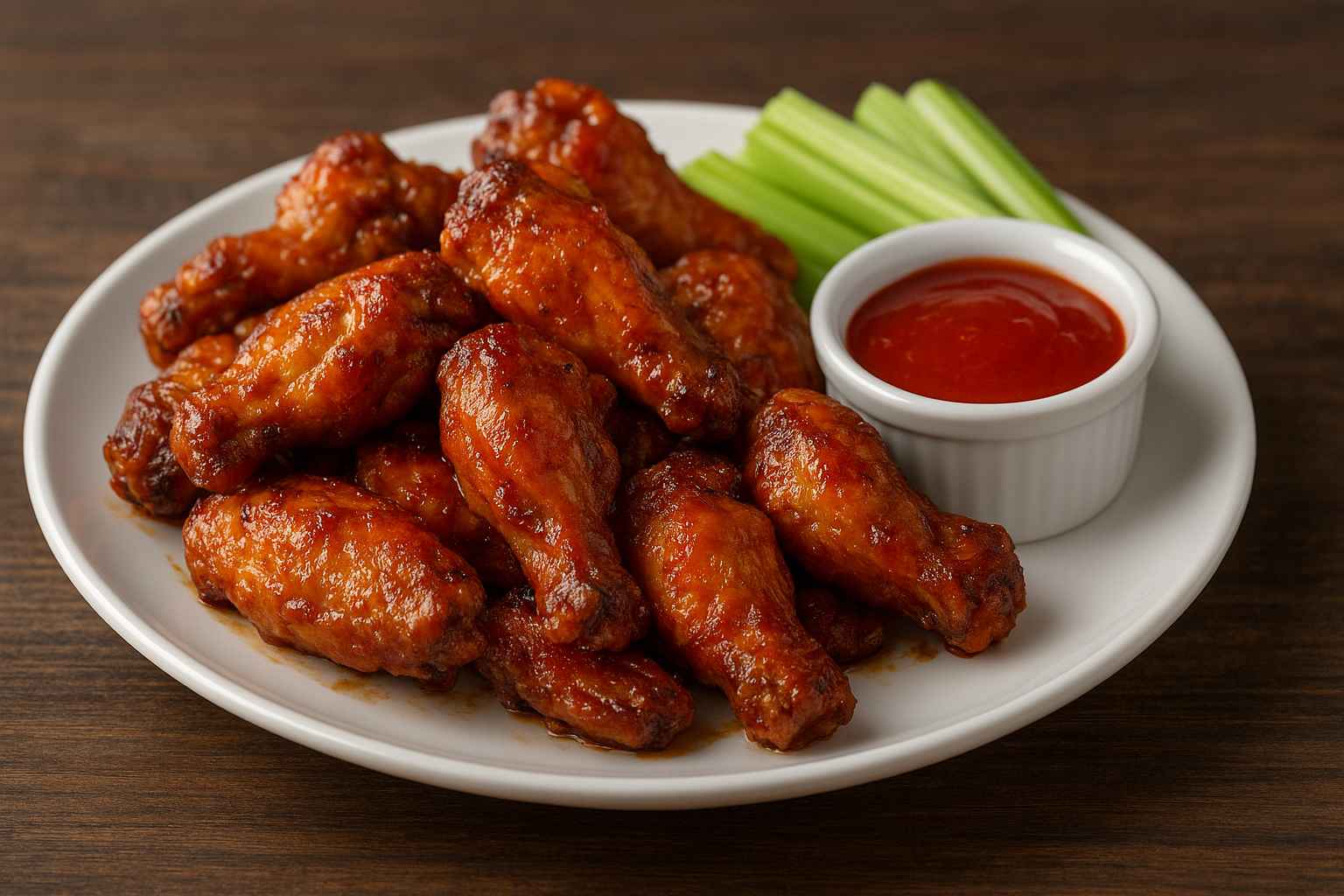
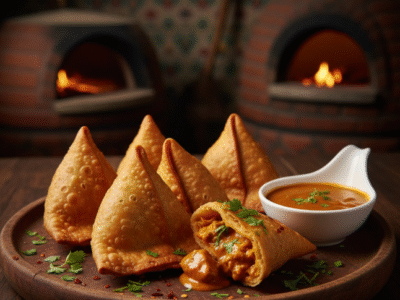
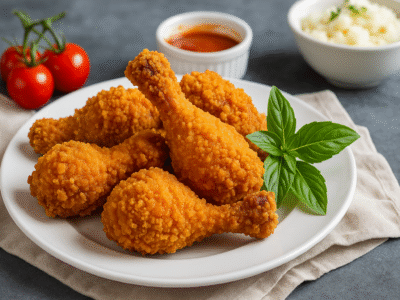
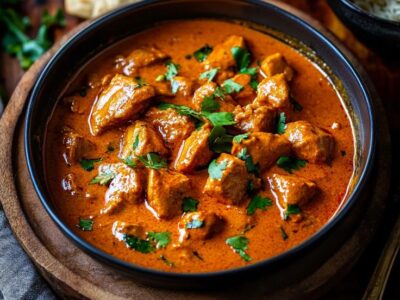
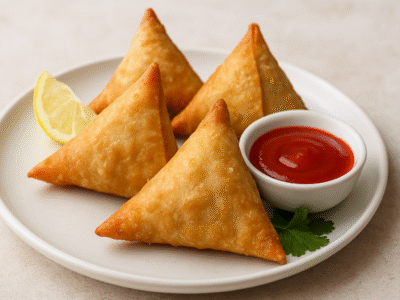
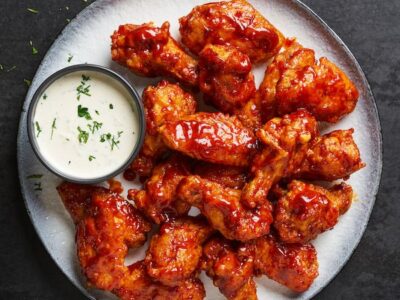
 Are Chicken Wings Good for You? The Truth About Nutrition & Health Benefits
Are Chicken Wings Good for You? The Truth About Nutrition & Health Benefits  Best Mutton Rolls Near Me – Chickasta’s Signature Street Food Delight
Best Mutton Rolls Near Me – Chickasta’s Signature Street Food Delight  The Best Dosa in Langley – Authentic South Indian Cuisine at Chickasta
The Best Dosa in Langley – Authentic South Indian Cuisine at Chickasta  Best Samosas in Vancouver – The Ultimate Chickasta Guide for Food Lovers
Best Samosas in Vancouver – The Ultimate Chickasta Guide for Food Lovers
Recent Comments